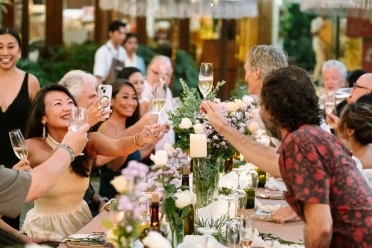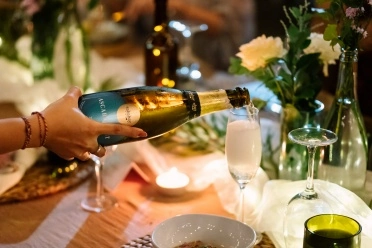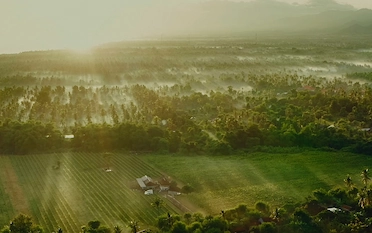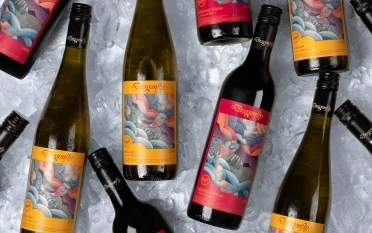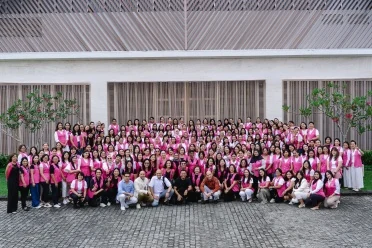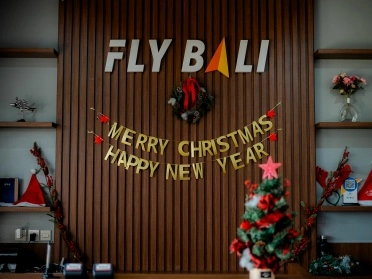In the verdant landscapes of Bali's Jembrana Regency, a centuries-old tradition unfolds with thunderous hooves and the spirited cheers of onlookers—a captivating spectacle. Enter ‘Makepung’, the region's renowned bull racing extravaganza. This grand cultural event not only showcases the prowess of racing buffaloes but also symbolizes the resilience and vivacity of the Balinese people. Join us on a journey into the heart of the exhilarating tradition that defines the soul of Bali!
Bovine Grand Prix: The Thrilling History of 'Makepung' Ceremony
A Cherished Tradition
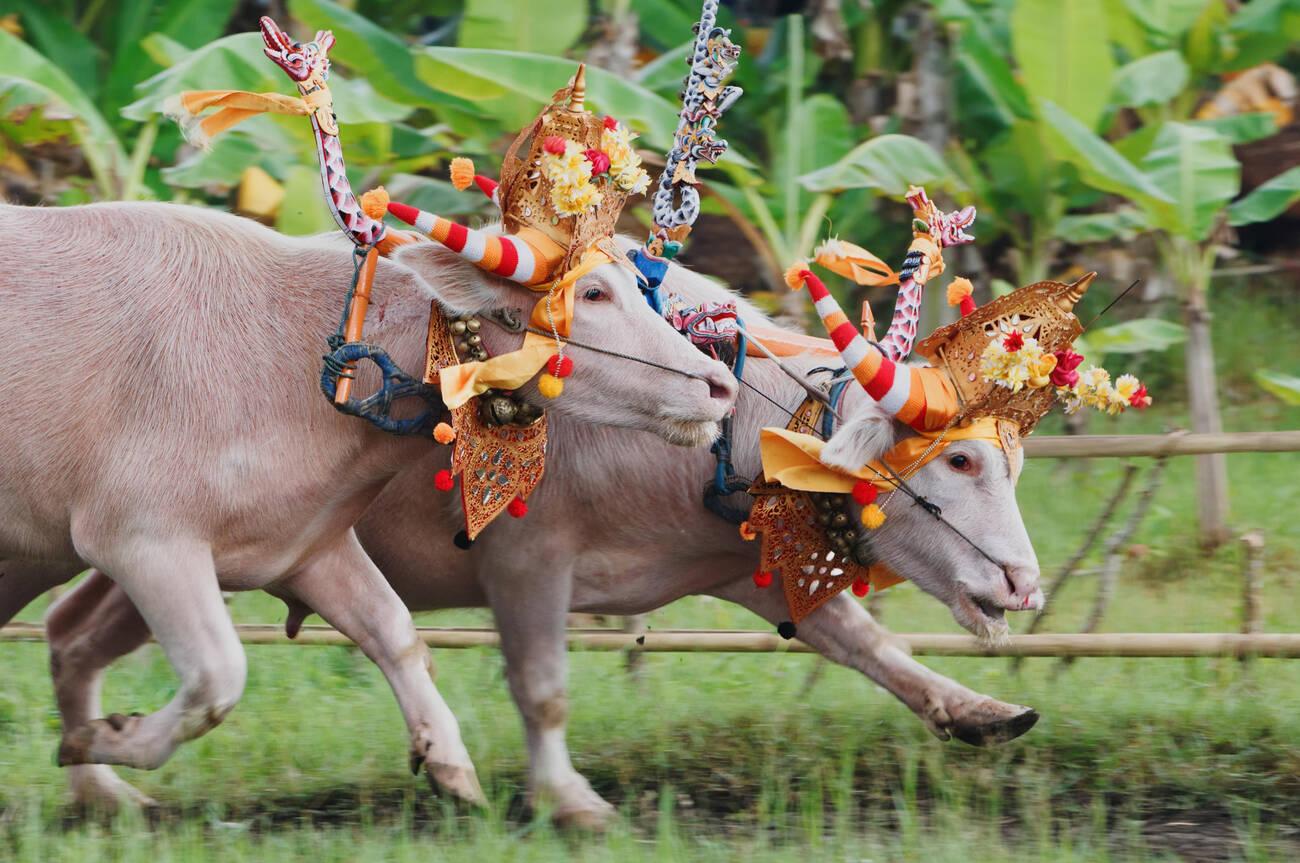
Makepung, a traditional bull racing event deeply rooted in the culture of Bali, particularly in the Jembrana Regency, has been a cherished tradition passed down through generations. This thrilling race, often held during the rice planting or harvest season, serves as both entertainment and a way for farmers to socialize and unwind. Makepung has become an integral part of Jembrana's identity, earning the region a reputation as the 'bull racing area' among neighboring communities. In addition, Jembrana is recognized for its heterogeneity and openness to change.
Historical Origins
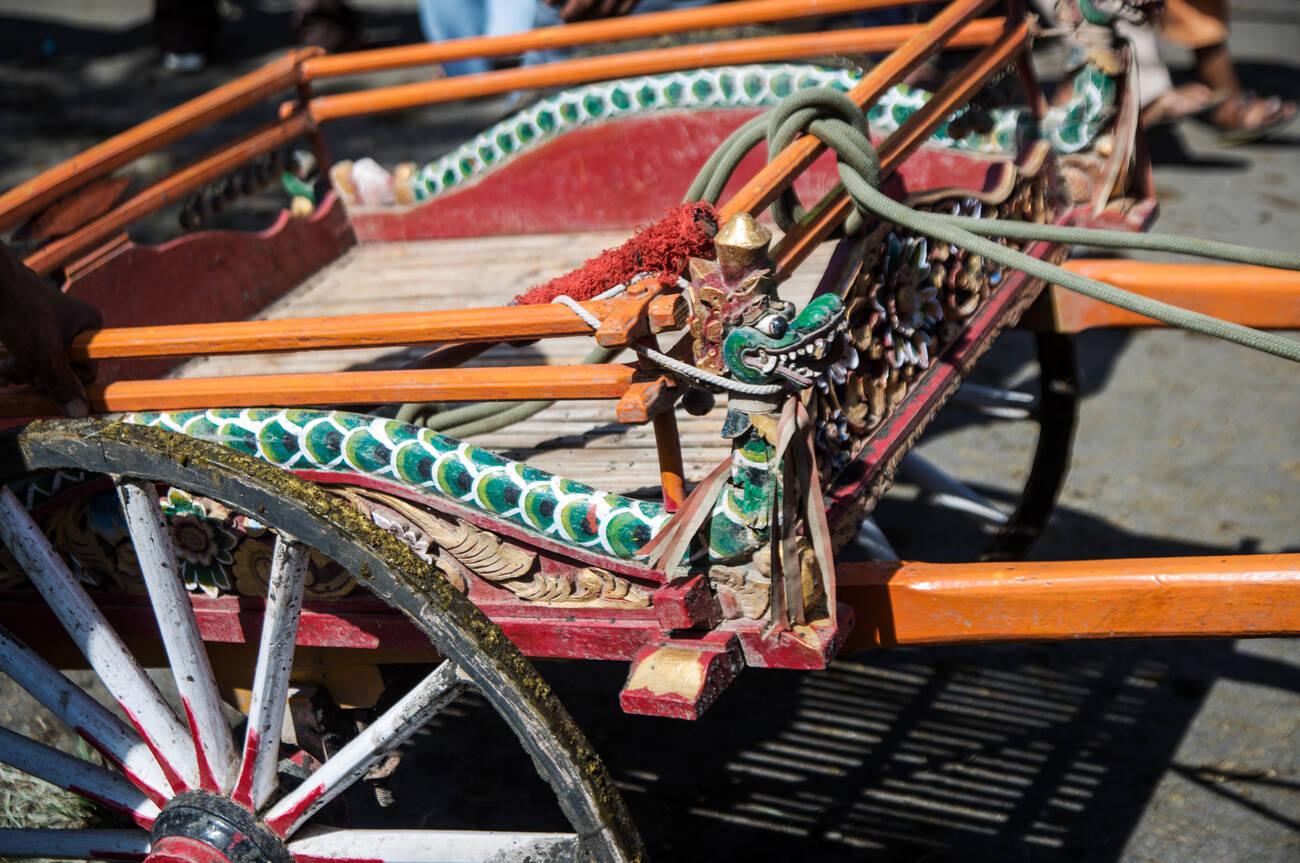
The origins of Makepung trace back to the desire of rice field laborers to infuse joy into their work environment. Initially, it started as a friendly competition among workers using Cikar-cikar (carts) pulled by a pair of buffaloes loaded with harvested rice. The race covered the entire subak (irrigation system), and the cheering and laughter of the laborers created a lively atmosphere. What began in villages like Buluk, Banyubiru, and Kaliakah as a simple race around the rice fields in the 1920s evolved into the spectacular 'grand prix' event.
Major Agrarian Attractions
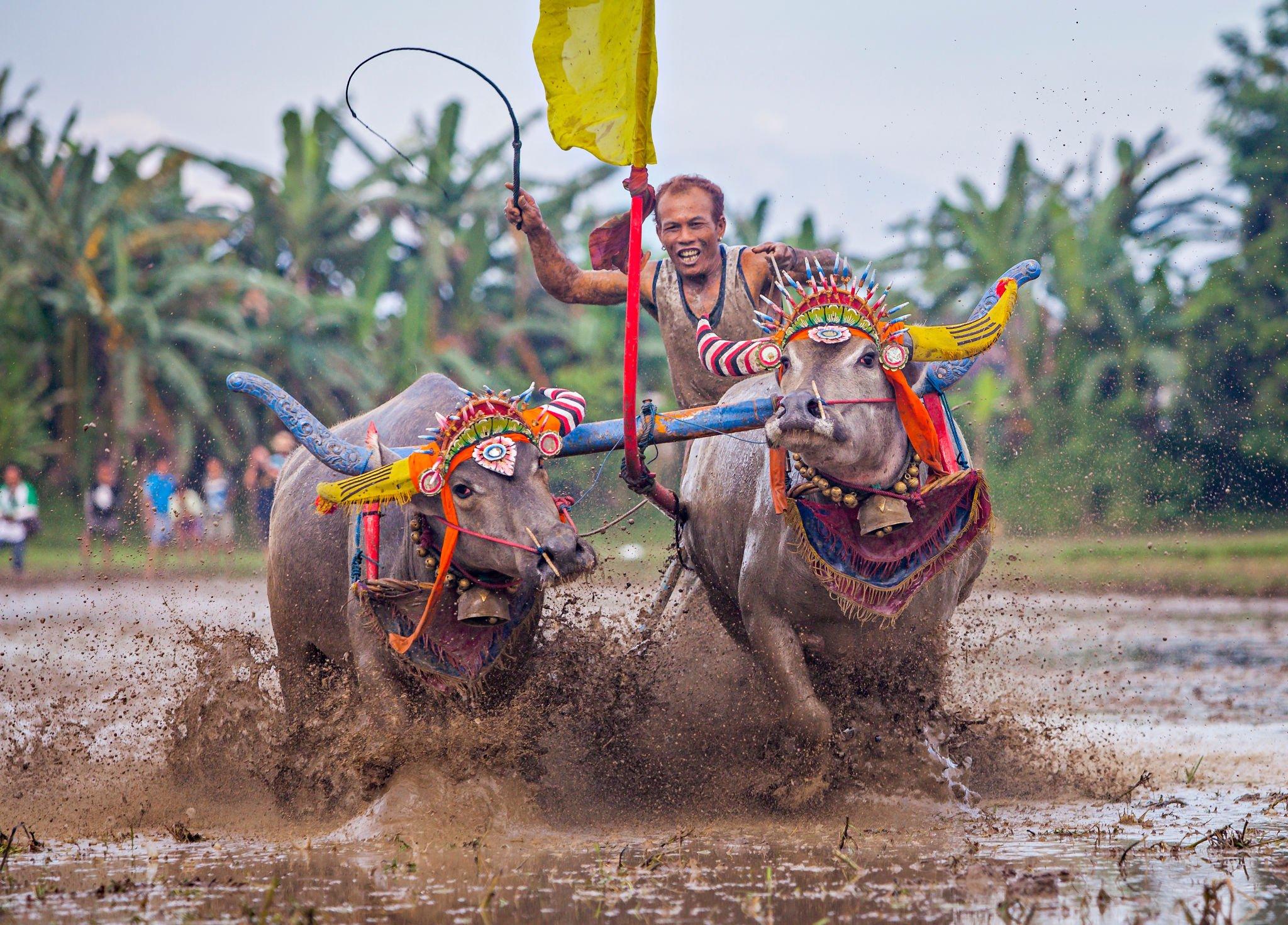
Makepung, known as the Unique Bull Race of Jembrana, has transformed from a rural tradition into a major agrarian event, balancing the existence of ‘Subak’, the traditional water management organization. The race, now a grand spectacle, takes place at the Arean Pakepungan, marking the peak of festivities before the next planting season. Originally an inter-village competition, Makepung has grown to include two large blocs representing Pakepungan communities.
Costumes and Props
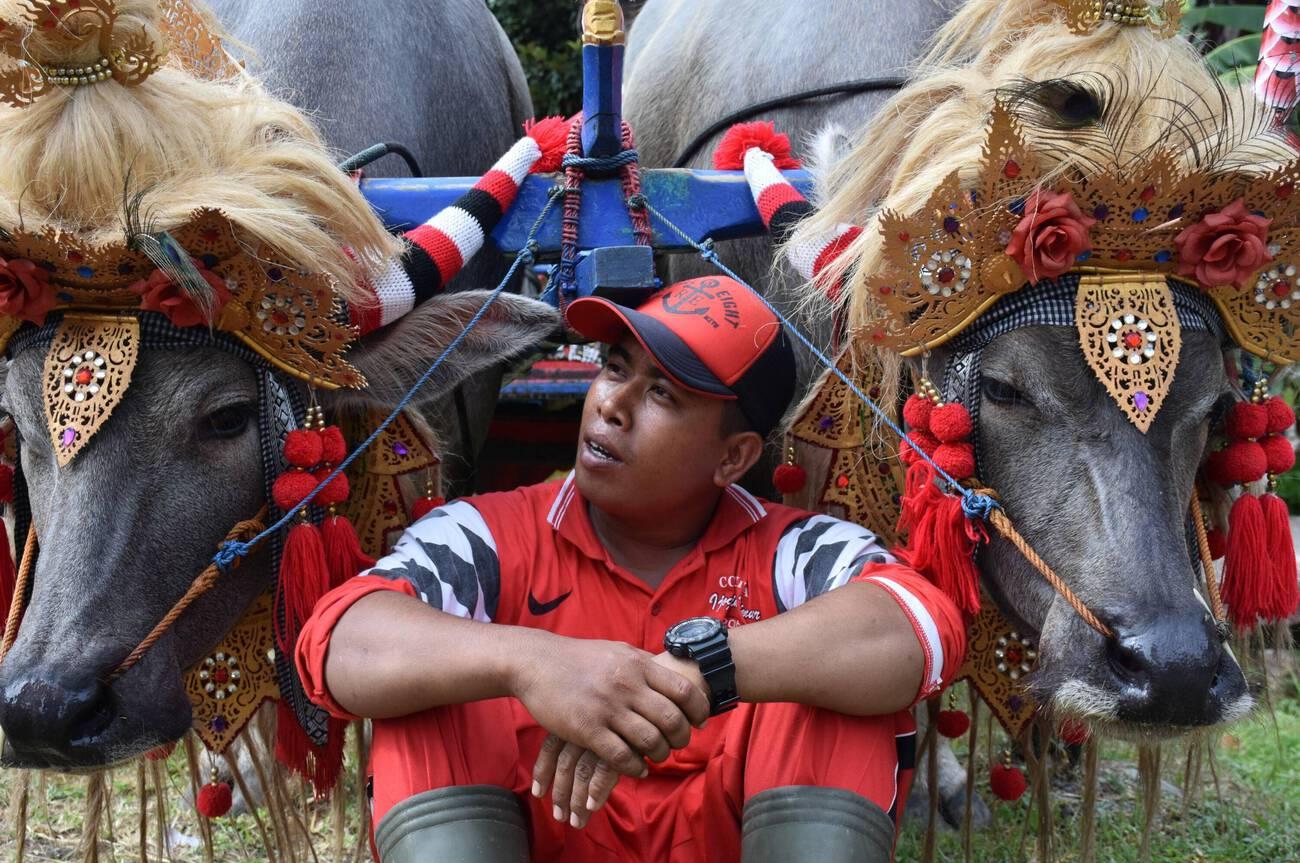
The jockeys used to be bare-chested but now mostly wears long sleeve shirt with bright colors, with batik-patterned headgear, dark knee-length pants, and traditional Jembrana loincloths known as 'Sempak Kolong'. The racing buffaloes are also adorned with head decorations called 'Rumbing', which resemble crowns, and their horns are covered with colorful covers. The carts used in the race, called cikar, are intricately carved and painted in vibrant colors, earning them the nickname "Benhur Jembrana" by the Dutch.
Race Rules
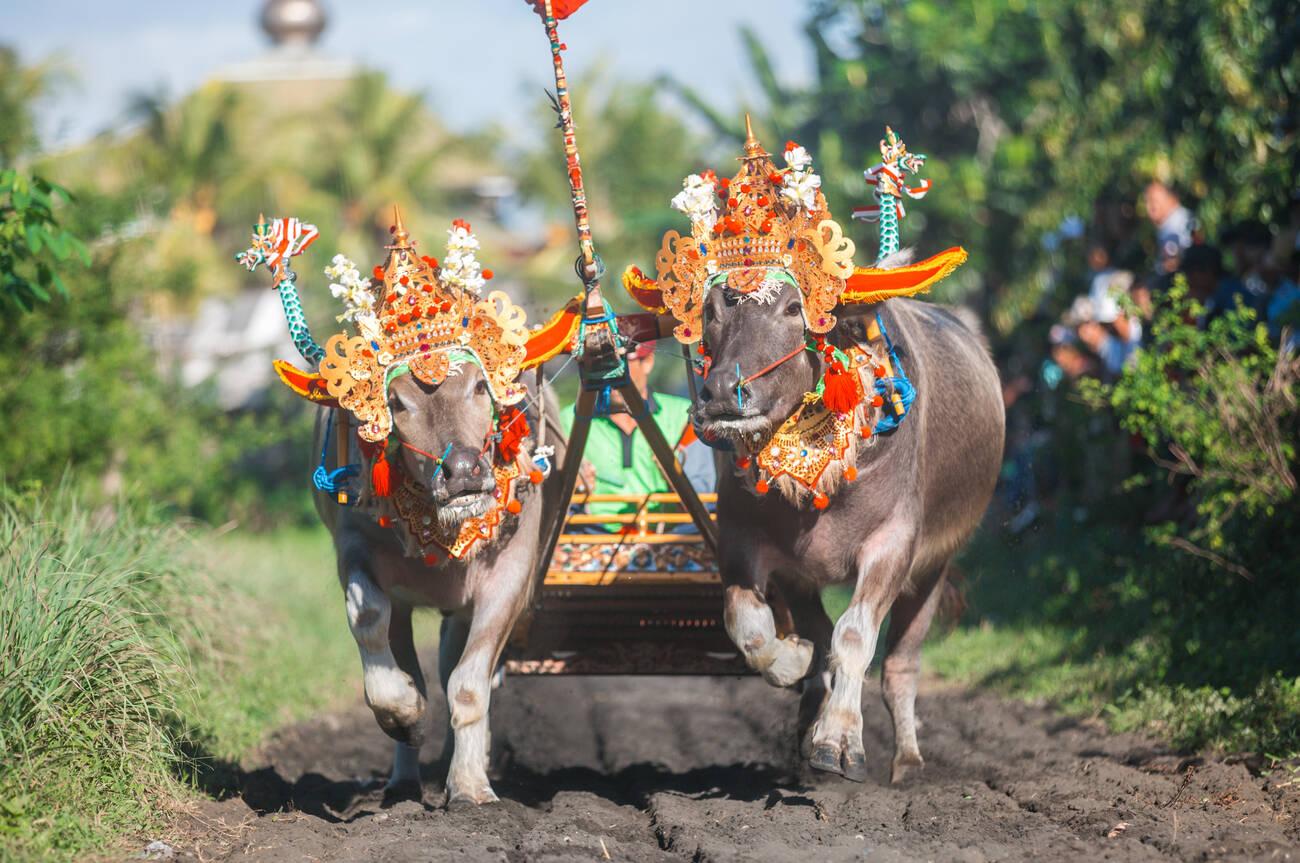
The racecourse is a sandy, U-shaped track, one kilometer long and four meters wide, with both the starting and finishing lines at the same point. The race begins with pairs of racing buffaloes lined up behind each other, with a five-meter gap between them. The start is signaled by a jury, and after a countdown, the buffaloes race down the circuit. The winner is determined by which pair crosses the finish line first.
Makepung stands not only as a thrilling sport but also as a symbol of the resilience and determination of the Balinese farming community. Rooted in history and embraced by the people of Jembrana, this traditional bull race has evolved into a cultural spectacle that captivates locals and tourists alike. As the time goes by, Makepung continues to enchant audiences. The tradition remains a testament to the vibrant Bali traditions and the communal spirit of its people.



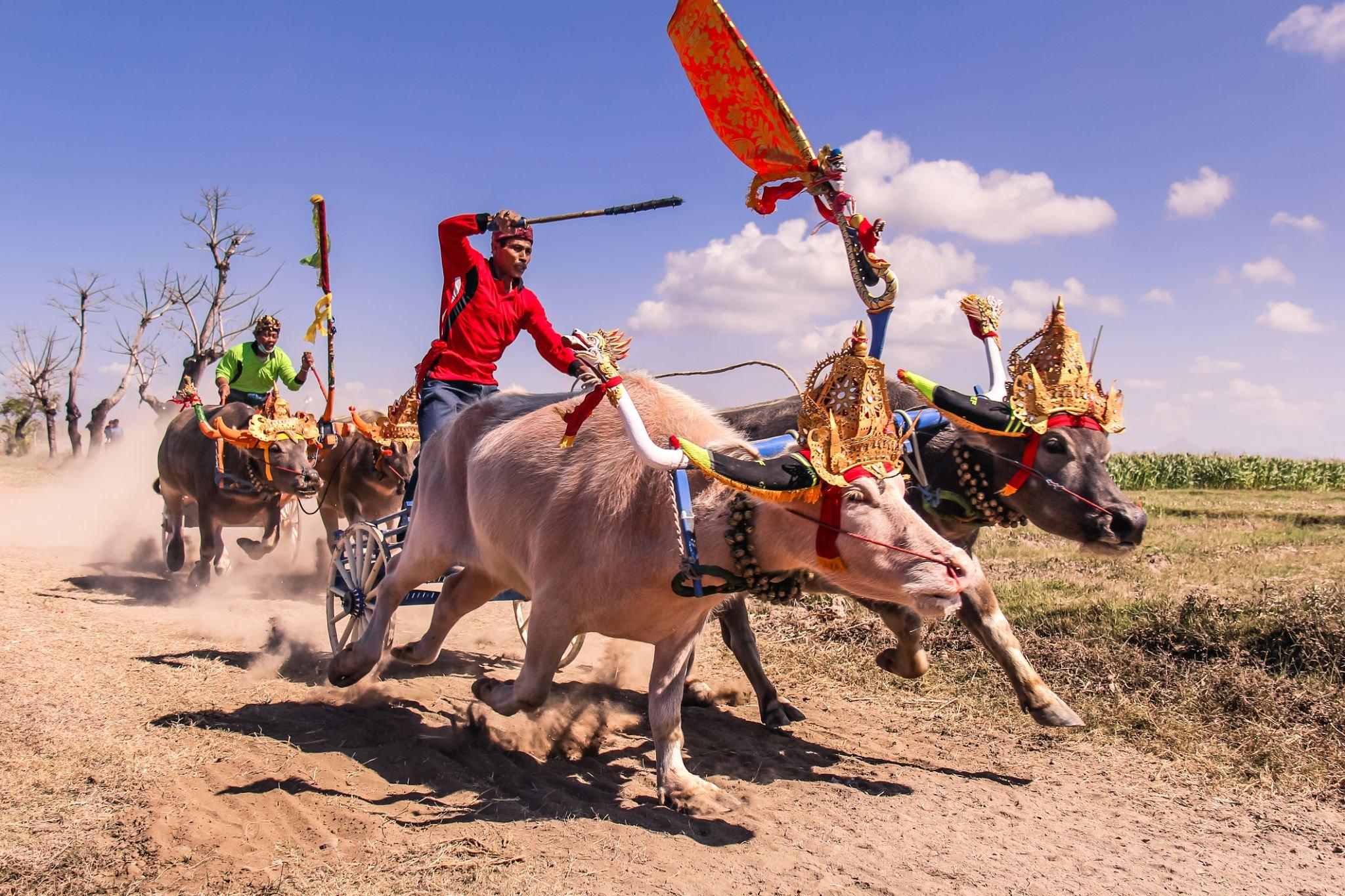
 Billy Bagus
Billy Bagus
 Dec 22, 2023
Dec 22, 2023
